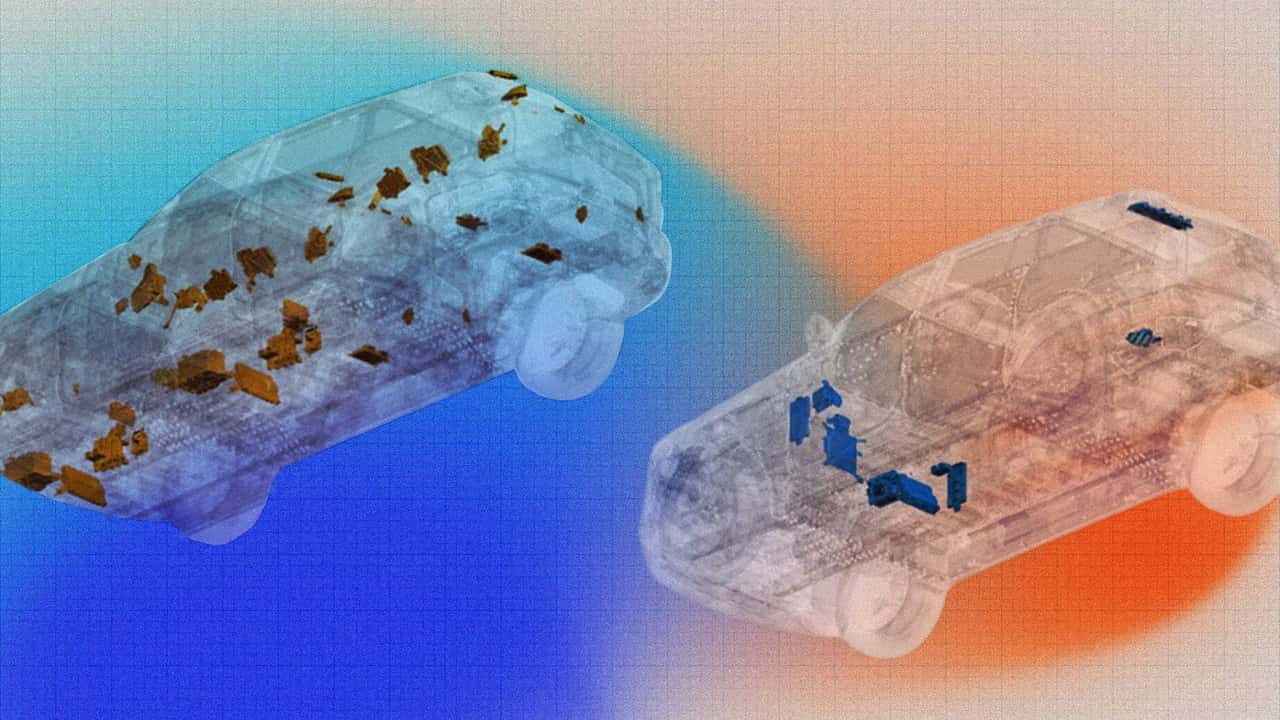UPDATE: General Motors (GM) has just announced a groundbreaking shift in automotive technology that will impact both electric and gas-powered vehicles. At the GM Forward tech event held in New York City yesterday, GM revealed its plans to implement a centralized compute architecture designed to streamline operations across all vehicles by 2028, starting with the highly anticipated Cadillac Escalade IQ.
This innovative approach aims to unify the technology behind gas and electric cars, addressing a critical need as the auto industry navigates the transition to electric vehicles. GM’s senior vice president of Software and Services Engineering, David Richardson, emphasized that this new system is “propulsion-agnostic,” meaning it will power both gas and electric vehicles equally, marking a significant evolution in automotive design.
As electric vehicle (EV) sales show signs of slowing and tax incentives dwindle, GM is strategically pivoting to ensure its gas-powered cars benefit from the same advanced technology that has defined the EV market. This move is crucial for the company, which recognizes that many consumers are not ready to abandon gasoline just yet.
The centralized compute architecture reduces the number of vehicle modules by combining multiple systems into fewer, more efficient units. One central computer will now manage the functions of twelve traditional modules, streamlining operations and minimizing maintenance needs. This shift could lead to lower costs for consumers in the long term, though exact pricing impacts remain unclear.
“We’ve moved away from standard fuse boxes,” said Gary Cygan, GM’s director of platform engineering, highlighting how the new architecture replaces traditional components. This change allows for quicker updates and enhancements, enabling consumers to receive more software features over time, potentially making their vehicles more advanced than ever.
GM’s architecture will also facilitate significant improvements in connectivity, allowing vehicles to process data faster and respond in milliseconds. This leap in technology promises a self-driving system with 1,000 times more bandwidth for richer entertainment options and future AI capabilities. “It means vehicles that are always up to date, delivering 10 times more software updates than our previous system,” Richardson stated.
Despite the ambitious goals, challenges remain. Integrating this new technology into internal combustion engine (ICE) vehicles poses unique engineering hurdles, particularly in managing cooling systems. Cygan noted, “On an EV, you can tap into the system that already cools the battery. But on an ICE vehicle, where do you get coolant for it?”
The potential for improved repairability is another significant benefit of this new architecture. Fewer components mean less can go wrong, simplifying diagnostics and repairs, which could enhance overall customer satisfaction.
As GM prepares to roll out this technology, it signals a future where gas-powered cars can operate with the same advanced systems currently found in EVs. This strategy not only meets existing consumer demand but also positions GM as a leader in automotive innovation amidst a rapidly changing market.
Consumers and industry watchers alike will be keenly observing GM’s progress. The integration of advanced technology into gas vehicles could set a precedent, paving the way for a more efficient, interconnected automotive future. With the Cadillac Escalade IQ set to debut this new architecture, GM is poised to redefine the landscape of both gas and electric vehicles in the years to come.
Stay tuned for more updates as GM continues to unveil its ambitious plans and roll out this revolutionary technology across its vehicle lineup.







